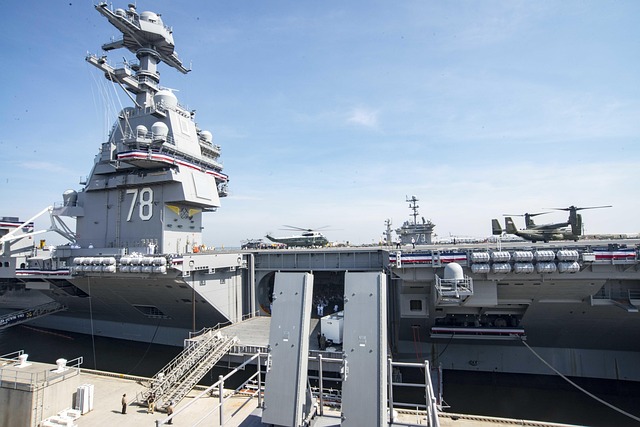
The Ship Commissioning Ceremony
The ship commissioning ceremony marks a significant milestone in the life of a naval vessel. It is the formal process through which a ship is placed into active service, transforming it from a mere hull into a fully operational warship. This event is steeped in tradition and varies across different naval forces, but certain elements remain consistent.
The Importance of Commissioning
Commissioning is not just a bureaucratic step; it symbolizes the ship's readiness to serve its nation. Prior to this ceremony, the ship undergoes extensive construction and testing. The hull is built, and various systems—such as engineering, weapons, and electronics—are installed and rigorously tested. Only when these components are operational is the ship deemed ready for commissioning.
Traditional Elements of the Ceremony
Naval traditions play a crucial role in the commissioning ceremony. While the specifics can differ by country, several common practices are often observed:
- Ship Naming: The ceremony typically begins with the official naming of the ship. This is a moment of pride, as the ship is endowed with its identity.
- Reading of Orders: The commanding officer reads the orders for the ship and its crew, outlining their duties and responsibilities.
- Raising the Flag: The national flag is raised, symbolizing the ship's allegiance and readiness to serve.
- Acceptance of the Ship: The ship is formally accepted into the fleet, often accompanied by a speech from the commanding officer or a dignitary.
Public vs. Private Ceremonies
The scale of the commissioning ceremony can vary significantly. Some navies opt for a grand public event, inviting dignitaries, family members, and the media. These ceremonies can be elaborate, featuring speeches, music, and even ceremonial traditions like the breaking of a bottle of champagne against the ship's hull. Others may choose a more subdued, administrative approach, where the ship is simply placed in commission without fanfare.
What Happens After Commissioning?
Once the commissioning ceremony is complete, the ship is officially part of the naval fleet. The crew will then begin their training and operations aboard the vessel. This period is critical as it ensures that all personnel are familiar with the ship's systems and protocols. The ship will participate in exercises and missions, further solidifying its role within the navy.
Conclusion
The ship commissioning ceremony is a vital event in naval tradition, representing the culmination of years of planning, construction, and testing. It serves not only as a formal introduction of the ship to the fleet but also as a celebration of the dedication and hard work of everyone involved in bringing the vessel to life. Understanding this ceremony provides insight into the values and traditions that underpin naval service.

















 Discovering Fischer Skis: A Winter Wonderland Awaits
Discovering Fischer Skis: A Winter Wonderland Awaits 
 Health
Health  Fitness
Fitness  Lifestyle
Lifestyle  Tech
Tech  Travel
Travel  Food
Food  Education
Education  Parenting
Parenting  Career & Work
Career & Work  Hobbies
Hobbies  Wellness
Wellness  Beauty
Beauty  Cars
Cars  Art
Art  Science
Science  Culture
Culture  Books
Books  Music
Music  Movies
Movies  Gaming
Gaming  Sports
Sports  Nature
Nature  Home & Garden
Home & Garden  Business & Finance
Business & Finance  Relationships
Relationships  Pets
Pets  Shopping
Shopping  Mindset & Inspiration
Mindset & Inspiration  Environment
Environment  Gadgets
Gadgets  Politics
Politics 